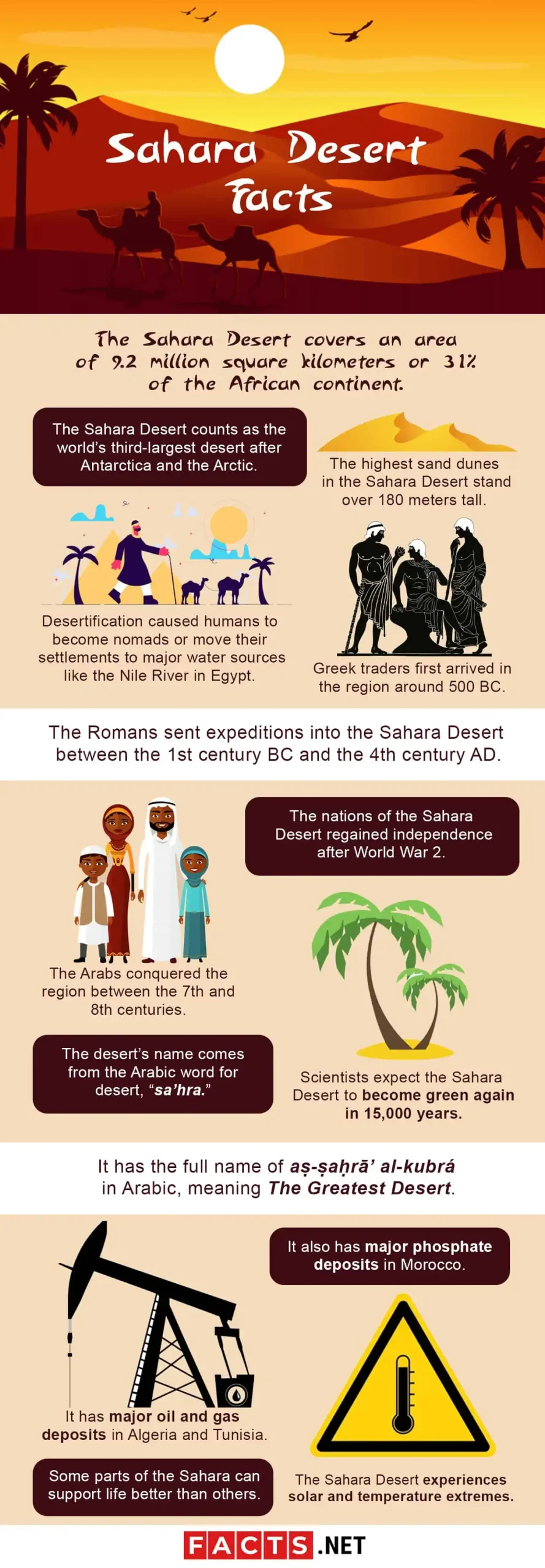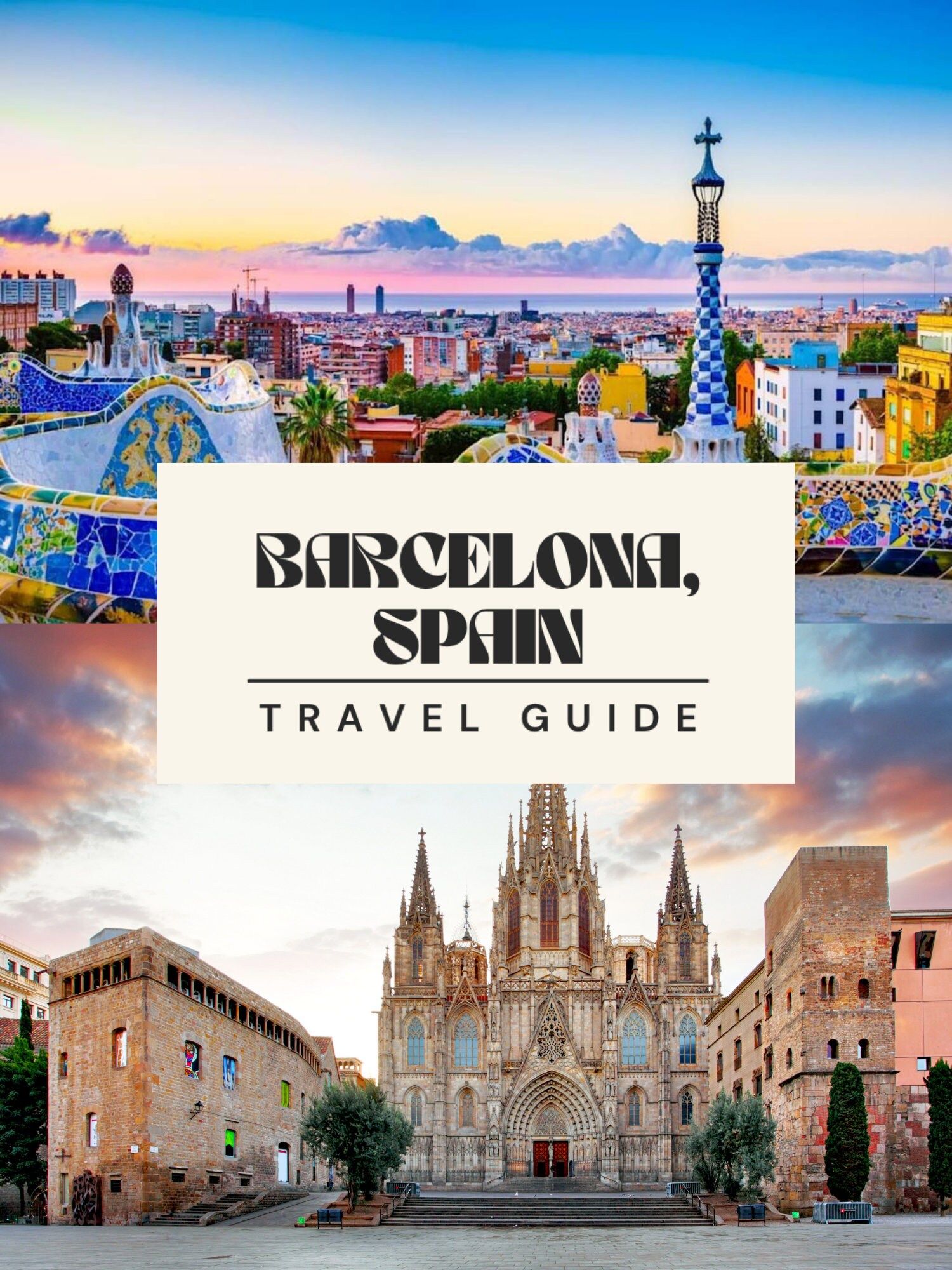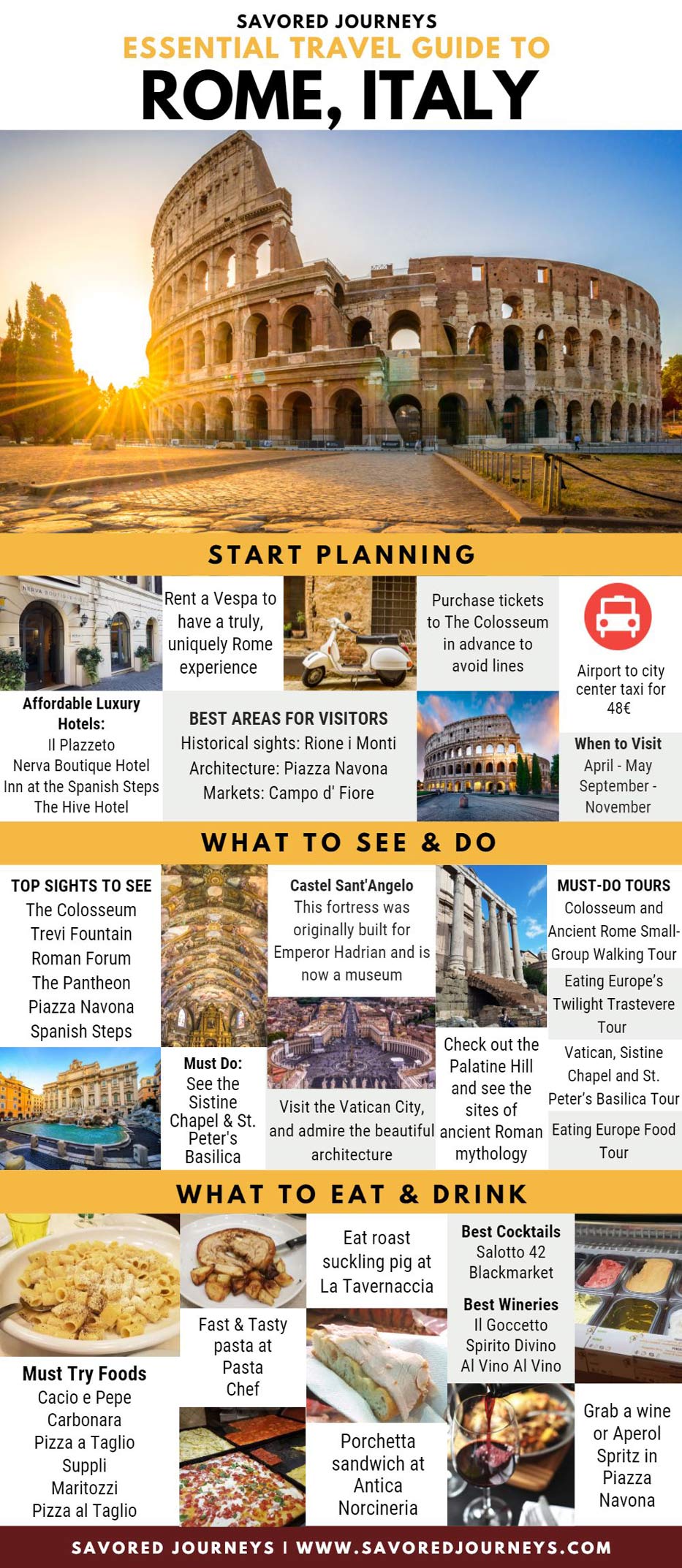
The Sahara Desert, a name that conjures images of endless golden dunes, scorching sun, and ancient mysteries, is the largest hot desert in the world. Spanning a staggering 9.2 million square kilometers (3.6 million square miles) across North Africa, it dwarfs entire continents and holds within its vast expanse a rich tapestry of history, unique ecosystems, and vibrant cultures. Far from being a barren wasteland, the Sahara is a dynamic landscape that has shaped human civilization for millennia and continues to captivate and challenge those who venture into its embrace.
A Journey Through Time: The Sahara’s Storied Past
The Sahara’s history is as complex and multifaceted as its terrain. While today it is synonymous with aridity, evidence suggests that for vast periods in prehistory, it was a far lusher and wetter environment. Around 11,000 to 5,000 years ago, during the African Humid Period, the Sahara was a savanna teeming with life. Rock art found in regions like Tassili n’Ajjer in Algeria depicts scenes of abundant wildlife, including giraffes, elephants, and antelopes, alongside humans engaged in hunting and herding. This era, often referred to as the "Green Sahara," hints at a lost world beneath the sand.
Related Articles about The Sahara: A Realm of Sun, Sand, and Secrets:
- Croatia’s Emerald Heart: Unveiling the Enchanting Plitvice Lakes
- Los Angeles: Where Dreams Check In – A Guide to the City’s Top Hotels and Beyond
- Journey Through Time: A Comprehensive Guide to Visiting Stonehenge
- Milan’s Majestic Stays: A Connoisseur’s Guide to the City’s Top Hotels and Beyond
- Kyoto: A Timeless Journey Through Japan’s Imperial Heart
As the Earth’s climate shifted, the Sahara began its transformation into the desert we know today. This aridity, however, did not spell the end of human habitation. Instead, it fostered the development of hardy nomadic cultures, like the Tuareg, who mastered the art of survival in the harsh environment. These peoples, known as the "Blue Men" for their indigo-dyed robes, developed intricate knowledge of water sources, oases, and trade routes, becoming indispensable links in the trans-Saharan trade networks.
From ancient times, the Sahara served as a crucial conduit for commerce and cultural exchange. Caravans laden with gold, salt, slaves, ivory, and textiles traversed its immense expanse, connecting sub-Saharan Africa with the Mediterranean world. Empires rose and fell on the strength of these trade routes. The Roman Empire established outposts on its fringes, while later, the Islamic expansion saw the spread of Arab culture and religion across North Africa, with the Sahara playing a significant role in this diffusion. Cities like Timbuktu, once a legendary center of Islamic scholarship and trade, flourished on the southern edge of the desert, its reputation echoing through the ages.
The discovery of valuable resources, particularly oil and gas in recent decades, has once again reshaped the Sahara’s destiny, bringing both economic opportunities and environmental challenges. The desert continues to be a frontier, a place where ancient traditions meet modern aspirations, and where the echoes of its past whisper through the windswept dunes.
Jewels in the Sand: Main Attractions of the Sahara
The Sahara’s allure lies not just in its vastness but in the unique experiences and breathtaking sights it offers. While the landscape itself is a primary attraction, several specific locations and phenomena stand out:
-
Erg Chebbi and Erg Chigaga, Morocco: These are perhaps the most famous and accessible sand seas in the Sahara, particularly Erg Chebbi near Merzouga. Towering, vibrant orange dunes stretch as far as the eye can see, creating a surreal and awe-inspiring spectacle. Camel treks into the dunes at sunrise and sunset are a quintessential Sahara experience, painting the landscape in hues of gold and crimson. The silence, broken only by the rustling of sand and the distant call of a camel, is profound.
-
Tassili n’Ajjer, Algeria: A UNESCO World Heritage Site, Tassili n’Ajjer is a plateau renowned for its extraordinary collection of prehistoric rock art. Over 15,000 engravings and paintings adorn the sandstone cliffs, offering a vivid glimpse into the lives and beliefs of ancient Saharan inhabitants. The landscape itself is a marvel, with bizarre rock formations sculpted by wind and time.
-
Siwa Oasis, Egypt: This remote oasis, nestled in the Western Desert, is a verdant paradise amidst the arid expanse. Famous for its ancient Egyptian ruins, including the Temple of the Oracle where Alexander the Great consulted the deity, Siwa is also known for its salt lakes, natural springs, and unique Berber culture. The contrast between the lush greenery and the surrounding desert is striking.
-
The White Desert (Sahara el Beyda), Egypt: Another Egyptian marvel, the White Desert is characterized by its surreal, mushroom-shaped chalk rock formations that resemble a frozen landscape or an alien planet. These natural sculptures, carved by wind erosion, are particularly magical under the moonlight.
-
Djanet and the Hoggar Mountains, Algeria: Located in the heart of the Algerian Sahara, Djanet serves as a gateway to the dramatic Hoggar Mountains. This rugged, volcanic massif is home to breathtaking rock formations, ancient rock art, and the indigenous Tuareg people, offering a deeper immersion into Saharan culture and landscapes.
-
Chott el Djerid, Tunisia: This vast salt lake, often appearing as a shimmering mirage, is a unique geographical feature. When dry, its cracked surface stretches for kilometers, creating a stark, otherworldly landscape. It has also served as a filming location for popular movies like Star Wars.
-
The Sahara’s Night Sky: Away from any light pollution, the Sahara boasts one of the most spectacular night skies on Earth. The Milky Way stretches across the inky blackness, dotted with countless stars, offering an unparalleled celestial spectacle.
Navigating the Sands: Travel Tips for the Sahara
Venturing into the Sahara requires careful planning and preparation. It’s a destination that demands respect for its environment and culture.
- Respect the Environment: The Sahara is a fragile ecosystem. Stick to designated paths, avoid littering, and be mindful of water conservation.
- Cultural Sensitivity: Dress modestly, especially when visiting villages or interacting with local communities. Learn a few basic phrases in Arabic or the local dialect – a little effort goes a long way.
- Hydration is Key: Drink plenty of water, even if you don’t feel thirsty. Dehydration can set in quickly. Carry water purification tablets or a reliable filter as a backup.
- Sun Protection: The sun’s intensity is extreme. Wear a wide-brimmed hat, sunglasses, and lightweight, long-sleeved clothing. Apply high SPF sunscreen regularly.
- Pack Appropriately: Layers are essential. Temperatures can fluctuate significantly between day and night. Comfortable walking shoes are a must. A scarf or turban is invaluable for protecting your face from sand and sun.
- Book Guided Tours: For most travelers, exploring the Sahara is best done with experienced local guides. They possess invaluable knowledge of the terrain, safety protocols, and cultural nuances. Reputable tour operators can arrange transportation, accommodation, and activities.
- Inform Someone of Your Plans: Let friends or family know your itinerary and expected return date.
- Health Precautions: Consult your doctor about necessary vaccinations and travel medications. Carry a basic first-aid kit.
- Embrace the Pace: The Sahara encourages a slower pace of life. Be prepared to disconnect and appreciate the tranquility.
The Golden Window: Best Time to Visit the Sahara
The Sahara experiences extreme temperatures, making the timing of your visit crucial for a comfortable and enjoyable experience.
- Autumn (October to November): This is widely considered the best time to visit the Sahara. Temperatures are pleasant, with warm days and cool, comfortable nights. The sun is still strong, but not as scorching as in the summer months.
- Spring (March to April): Similar to autumn, spring offers agreeable temperatures. Days are warm and sunny, and evenings are cool. However, it can sometimes be a bit windier during this period.
- Winter (December to February): While daytime temperatures can be mild and pleasant (around 20-25°C or 68-77°F), nights can get surprisingly cold, sometimes dropping below freezing. If you don’t mind the chill and are prepared with warm clothing, winter can still be a good option, with fewer crowds.
- Summer (May to September): This is the least recommended time for most visitors. Daytime temperatures can soar to over 40°C (104°F) and even reach 50°C (122°F) in some regions. The heat is intense and can be dangerous if not properly managed.
Oases of Comfort: Nearby Hotels and Accommodation
Accommodation in the Sahara ranges from basic desert camps to more comfortable guesthouses and even luxury desert lodges.
- Desert Camps: These are the most common and immersive accommodation options, especially near popular tourist spots like Erg Chebbi and Erg Chigaga. They range from simple Berber tents to more elaborate glamping setups with private bathrooms and comfortable bedding. Many include meals and activities like camel treks and stargazing.
- Kasbahs and Riads: In Moroccan desert towns like Merzouga, Ouarzazate, and Zagora, you’ll find converted traditional houses (riads) or fortified villages (kasbahs) that offer charming and atmospheric stays. These often feature courtyards, intricate architecture, and local hospitality.
- Hotels in Oasis Towns: Larger oasis towns like Siwa (Egypt) or Djanet (Algeria) have more conventional hotels and guesthouses, offering a range of amenities and varying levels of comfort.
- Luxury Desert Lodges: For those seeking a more upscale experience, some areas offer luxury desert lodges that provide private tents or suites, gourmet dining, swimming pools, and personalized service, all within the stunning desert landscape.
When choosing accommodation, consider its proximity to attractions, the type of experience you desire, and whether it offers guided excursions.
A Taste of the Desert: Local Food and Cuisine
Saharan cuisine is shaped by the availability of ingredients and the nomadic traditions of its people. It’s hearty, flavorful, and often a reflection of resourceful cooking.
- Tagine: This iconic North African stew, slow-cooked in a conical clay pot, is a staple. Common ingredients include lamb, chicken, or vegetables, often flavored with spices like cumin, coriander, turmeric, and cinnamon. Raisins, apricots, and almonds are frequently added for a touch of sweetness.
- Couscous: Another cornerstone of Saharan cuisine, couscous is a semolina dish often served with vegetable stews, meat, or chicken. It’s a light yet filling dish, perfect for the climate.
- Mechoui: This is a whole lamb or sheep roasted over an open fire, a delicacy often prepared for special occasions. The meat is incredibly tender and flavorful.
- Bread: Flatbreads, such as Moroccan khobz or Algerian aish, are baked fresh daily and are essential for scooping up stews and dips.
- Dates: Dates are a vital food source in the Sahara, providing natural sugars and energy. They are consumed fresh, dried, or used in various sweet dishes and pastries.
- Mint Tea: More than just a beverage, mint tea is a symbol of hospitality. Sweetened and brewed with fresh mint leaves, it’s served throughout the day and is a welcome refreshment.
- Harira: A hearty and nutritious soup, often enjoyed during Ramadan, typically made with tomatoes, lentils, chickpeas, and sometimes meat.
Food in the Sahara is often communal, shared with family and guests, emphasizing the importance of hospitality.
Traversing the Sands: Transportation Options
Getting to and around the Sahara involves a variety of transportation methods, each offering a unique perspective.
- Flights: The most common way to reach the fringes of the Sahara is by flying into major gateway cities like Marrakech, Fes, or Casablanca in Morocco; Algiers or Oran in Algeria; or Cairo in Egypt. From these cities, you can then arrange onward travel.
- 4×4 Vehicles: For exploring the desert interior, four-wheel-drive vehicles are essential. Most guided tours will provide these, equipped to handle the sandy terrain. They offer comfort and the ability to reach remote areas.
- Camel Treks: The quintessential Sahara experience. Camel treks, ranging from a few hours to multi-day expeditions, allow you to immerse yourself in the desert landscape. They are slow, rhythmic, and offer unparalleled peace.
- Buses and Grand Taxis: For travel between towns and cities on the desert’s edge, public buses and shared taxis (grand taxis) are common and budget-friendly options. They can be crowded but offer a glimpse into local life.
- Rental Cars: While possible to rent cars, it’s generally not recommended for independent exploration deep into the Sahara unless you have extensive off-road driving experience and are well-prepared with navigation and recovery equipment. Most travelers opt for guided tours with dedicated vehicles.
- Trains: Some routes, particularly in Morocco, connect major cities to towns closer to the desert’s edge, offering a comfortable way to cover longer distances before switching to other modes of transport.
The Sahara Desert is a land of extremes, a place that challenges and rewards in equal measure. It is a testament to human resilience, the beauty of nature’s raw power, and the enduring allure of ancient landscapes. To visit the Sahara is to embark on a journey not just across sand, but through time, culture, and a profound sense of wonder.








